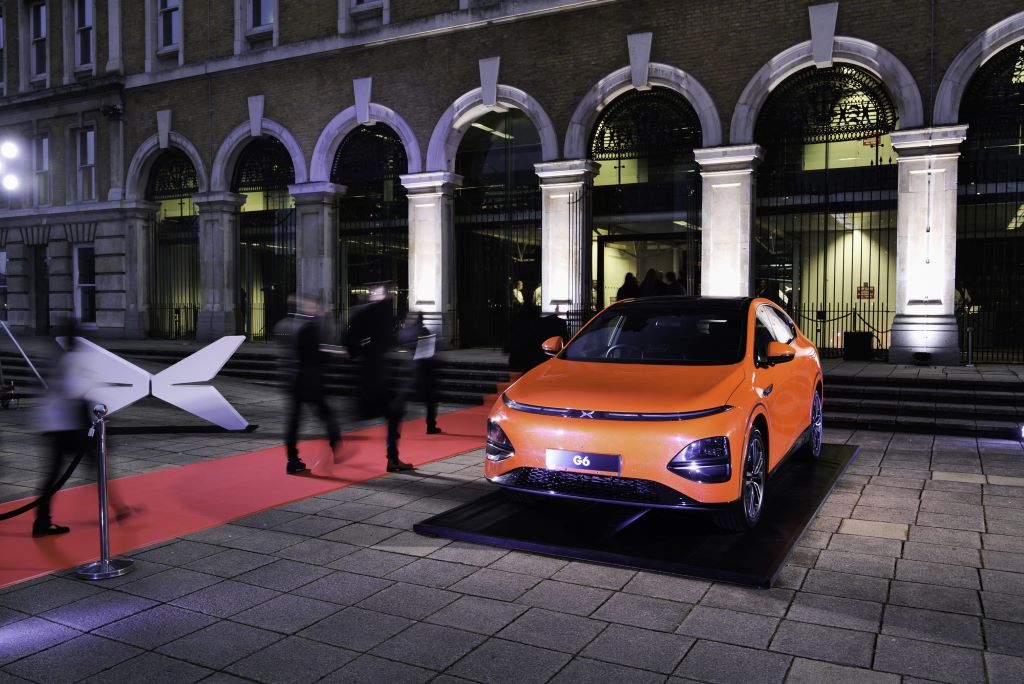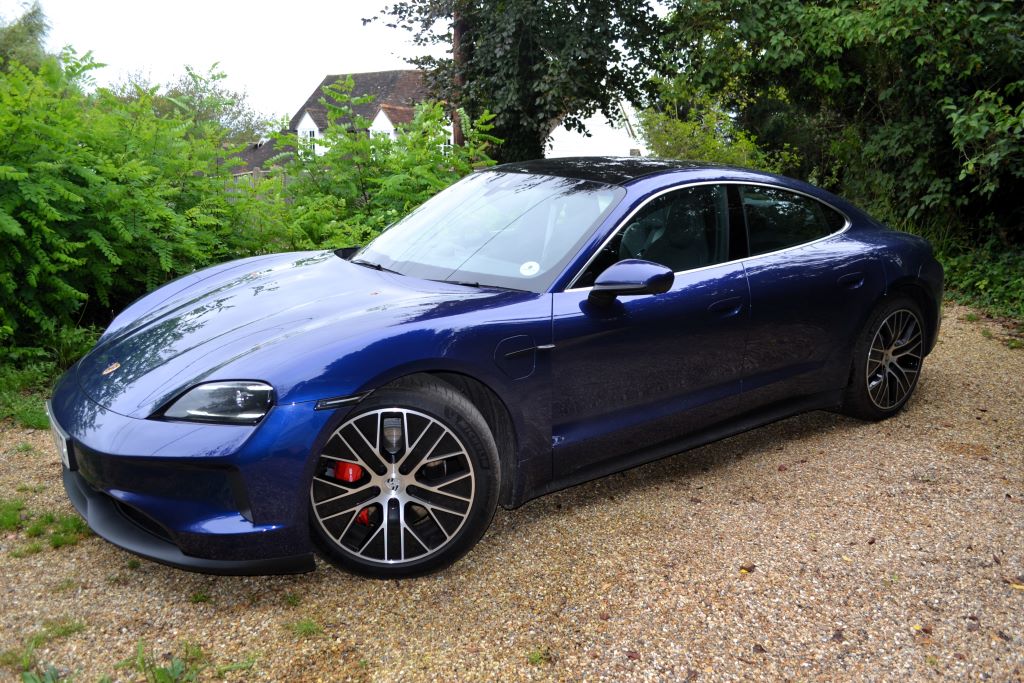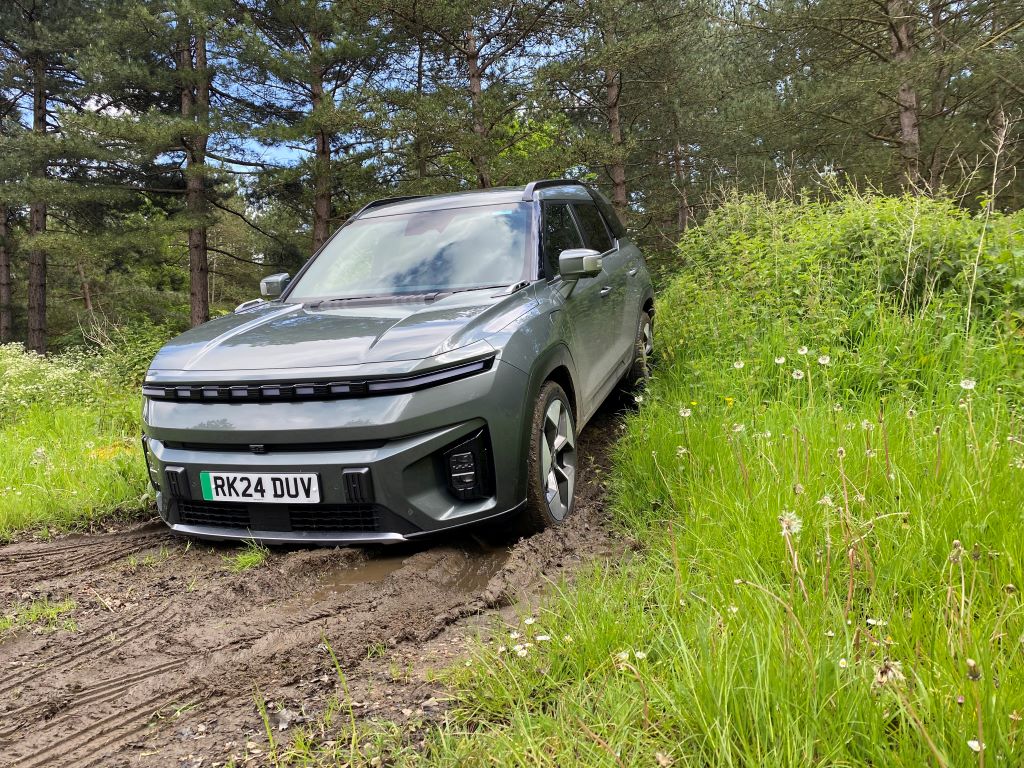Feature 6 min read
We talk to UK charging specialists Versinetic about their innovative design solutions, EV drivers’ charging habits and V2G.
You’ve probably not heard of Versinetic; it’s a new company launched by ByteSnap Design at November’s CENEX Low Carbon Vehicle event. However, their experience in creating chargers and charging hardware is considerable, so we spoke to Director of Versinetic, Dunstan Power, to find out more.
In 2018 a competition call was launched by Innovate UK to create and deliver working V2G solutions. Various companies joined forces to rise to the challenge, with one such group being called VIGIL – Vehicle to Grid Intelligent Control – consisting of ByteSnap Design, Aston University, Nortech Management and Grid Edge.
“We created an end-to-end V2G system, which was the first one working in the UK. Four chargers went in to serve a building at Aston University, with Nortech dealing with the substation monitoring and Grid Edge creating and installing the smart building management. We created the EV-side of the project and Aston University undertook a slightly separate study on the impact of V2G on an EV’s battery,” explains Dunstan Power.
“Nortech’s systems could talk to Western Power Grid and if the load was high, the building’s energy use could be offset with power from plugged in EVs. As such, the system didn’t put power back into the grid rather it took weight off of it.”
By the end of the project last March, the VIGIL consortium had a fully working, intelligent V2G system, which continues to operate and also won the Innovation in V2G category at the 2020 Electric Vehicle Innovation and Excellence Awards (EVIEs). It has also given the team huge insight into how V2G can be implemented in future, though Dunstan is realistic in his expectation that this is some way off due to the lack of V2G-capable cars.
ByteSnap Design was the brainchild of Dunstan Power and co-founder Graeme Wintle. They have been working in the EV field since 2011, having created hardware to control EV chargers for the 2012 London Olympics. With continued innovation in its specialist field ever since, such as with the VIGIL project, Dunstan launched Versinetic – a division which deals solely in EVs and creating the components that make chargers work.
Destination chargers are more important than high speed
As we all know, there’s an arms race within the EV field of trying to attain the fastest charging speeds. At the top end of the market, 350kW is the new standard, offering sub-30-minute charging times for even the highest capacity batteries. However, Dunstan and Versinetic have a different focus.
“Most of the time, people generally charge using so-called destination chargers. These are at work or at home and are typically supplying no more than 22kW of three phase AC power with 7kW single phase far more common. In the past, these often had ‘dumb’ charging and controller boards, but the new emphasis is on smart charging and load balancing,” says Dunstan.
“Versinetic’s systems ensure that the grid keeps flowing and there’s always energy available. We use the two latest open-source protocols (OCPP 1.6 and 2.0) which essentially is the way in which chargers ‘talk’ to things like energy suppliers and charging management services.
“Of course, our systems are perfectly capable of dealing with high output DC charging as well, but it’s destination charging that will require the most smart management in the long-term due to them dominating the charging market,” he continued.
Various studies support his point. PwC’s 2018 ‘Powering Ahead! Making sense of business models in electric vehicle charging’ report found that destination charging was probably the main segment for growth from a business point of view. Furthermore, it was suggested that regardless of how fast EV charging gets, 60 per cent of charging will still take place at home, 30 per cent at work and the remaining 10 per cent at other public charging services.
Another study by Element Energy on behalf of the National Grid delved further into charging behaviour. It looked at kWh used, rather than proportion of charging instances – a far more useful measure for a company like Versinetic with its focus on future smart charging. The study found that 74.6 per cent of consumption was by residential chargers, 14.7 per cent by work, just 5.8 per cent by slow or fast public chargers, and only 4.8 per cent by rapid public chargers.
When it comes to work charging, provision of chargers – and how best to do this – is a potential hurdle for companies. Versinetic’s ‘Charging Blox’, which essentially turn the creation of a charging solution into a modular, building blocks system, comes into its own.
“One of the main reasons behind setting up Versinetic was to help meet the demand for hardware capable of being used in new ways of deploying EV charging - for example, lamp post or other street furniture. Whilst that example is typically limited installation space, by breaking the charger design into blocks, our charge controller can be used in all manner of different charging applications,” comments Dunstan.
“We installed a fully functional EV charger, using our Charging Blox, in a hollowed-out log. It demonstrates that charging – and charging hardware like ours – can be highly flexible depending on the requirements.”
Charging design innovation
The EV revolution is being driven by numerous SMEs around the globe, but many of the leading examples can be found right here in the UK. Technology across the spectrum of requirements for EVs is filtering up and finding its way into Tier One products – like EVs themselves – rather than the other way around. Versinetic is no different.
Versinetic doesn’t build the housings for chargers. Instead, they focus on meeting market demand for flexibility in EV charger design by offering their modular Charging Blox system, covering hardware, software and consultancy. Their belief is that whether a charger is being used at home, work, or somewhere in-between, one size doesn’t fit all and flexibility is essential for future charging solutions.
It’s not quite the traditional ‘British person in a shed’ kind of innovation, but it’s a good example of a smaller company creating a new, better way of working.
“Our goal is to become the go-to company in Europe for other businesses that want to create their own chargers, facilitated by our Charging Blox system. This includes our ‘MANTARAY’ smart charging controller, LINKRAY passive controller, EEL EV AC charge controller and OCPP smart charging software,” says Dunstan. There is also a back office partner solution.
“Our software comes off the back of years of experience through Versinetic’s parent company, ByteSnap Design. For the consumer, this means that the way their EVs are charged is done using the latest software innovations. Finally, we can consult on all of this, so down the line we hope that EV drivers across the continent can charge their cars intelligently – and pay for that energy – thanks to our products,” concludes Dunstan.
Discover EV’s take
Innovation by UK SMEs is a driving force in the EV sector and in the case of Versinetic, they are re-writing the way in which chargers are built and managed. Talking to Dunstan, he’s enthusiastic about what his company does, how it can – and does – drive innovation, and he has a keen understanding of what works and what doesn’t. Versinetic has a range of works in the pipeline, much of which will begin coming to fruition this year, so we expect to hear plenty more from them.










1024px.jpg)



Comments (0)
Be the first to write a comment
Login/ Signup